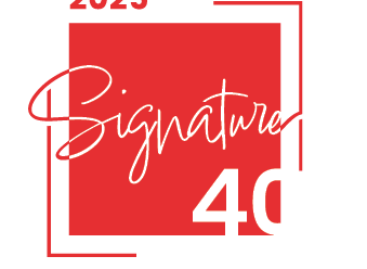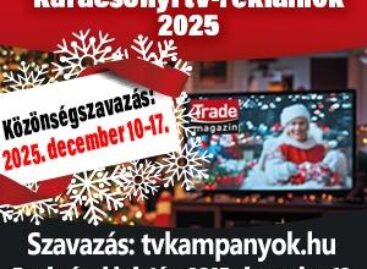Measuring trade marketing?
Trade marketing my love – was the title of the conference held by the Trade Marketing Klub on Valentine’s day. Participants of the first event organised jointly by TMK and POPAI Magyarország were greeted by Zsuzsanna Hermann, one of the founders of TMK. Dr. István Réti, also a founding member of POPAI Magyarország spoke about the mission of POPAI. The title of the first presentation by Ildikó Kátai was “Let’s enter consumers’ minds”. She started by reviewing the very diverse views held by colleagues about trade marketing. In order to be able to pursue integrated marketing, we need to accept the importance of POS activities in brand building. In order for this to be effective, in-depth knowledge of customers and their decision making mechanisms is required. This is why POS research and measurements are needed. Classic marketing tools can be adapted to this objective, when used in a customised way. Dr. István Réti, creative director of Forma Display emphasised in his presentation (Advertising is dead, Long live in-store consulting) that we must see the world through the eyes of customers. One of the interesting research findings is that customers are confused and put off when assortment are too large. The excessive quantity of impulses customers encounter creates a “traffic jam” in their minds. “What can we measure today?” was the title of the presentation by Judit Tóthy, senior group brand manager of Heineken. Marketing professionals work out and evaluate the success of their 4P startegies on the basis of these numbers. Communication and media is also planned using indexes. This review was very useful for trade marketing officers, as most of them come from a sales background. In the second half of the conference, market researchers presented the methods and findings of their surveys. The presentation held by Eszter Melisek from Nielsen dealt with the question of whether in-store activities are measurable, or not. Nielsen uses an integrated approach to measure the effectiveness of promotions. They integrate the results of consumer research with Scantrack data and results of analysis and modelling, as well as in-store measurements. Average consumers are aware of the existence of between 2-5 brands per category. Promotions have a strong influence on their decisions, with promotional sales accounting for the largest part of total sales in some categories. The effectiveness of promotions are evaluated by Nielsen by comparing the volume of promotional sales with an estimated volume of sales without promotion (Baseline). The topic of the presentation held by Irén Peczöli, head of division from Szonda Ipsos was the “last 10 meters”, the factors determining what we put in our baskets. In order to understand these, we have to understand the process of shopping. Her presentation dealt mainly with category-specific research methods. Conducting a Shopper Health Check prior to category research is recommended in all cases. Conclusions serve as the basis for targeted, tactical research which can provide answers to questions of trade marketing. Krisztián Steigervald, from GfK spoke about the use of eye cameras. Eye cameras are an important tool for such research which allow the eye movement of customers to be tracked precisely. Eye camera research has shown that people tend to take no notice of advertising tools in streets. Their attention is only attracted to places where useful information is displayed. Eye camera research has also shown that only 30 per cent of the assortment displayed in hyper markets is seen and only 10 per cent is actually perceived by customers. It has also been known for years that 20 degrees below eye level is better placement than eye level. In the final part of the conference, participants formed 4 workgroups for brainstorming and tried to find new possibilities for measuring. Results were similar in all 4 workgroups. Tímea Pesti gave an account of the MARI in-store research project which is being conducted in the US. Peter Dömötör, marketing director of Praktiker represented reatilers. He spoke about the fact that reatil companies possess the largest amount of customer data and provided a number of examples for the detailed knowledge of customers.
Related news
Related news
Signature 40 – the region’s new common language: An interview with founders Márton Nagy and Ádám Vaszary on the new dimension of the Signature Platform in 2026
🎧 Hallgasd a cikket: Lejátszás Szünet Folytatás Leállítás Nyelv: Auto…
Read more >Superbrands celebrated again in 2025
🎧 Hallgasd a cikket: Lejátszás Szünet Folytatás Leállítás Nyelv: Auto…
Read more >(HU) Karácsonyi tv-reklámok 2025 – indul a közönségdíj szavazás
🎧 Hallgasd a cikket: Lejátszás Szünet Folytatás Leállítás Nyelv: Auto…
Read more >



